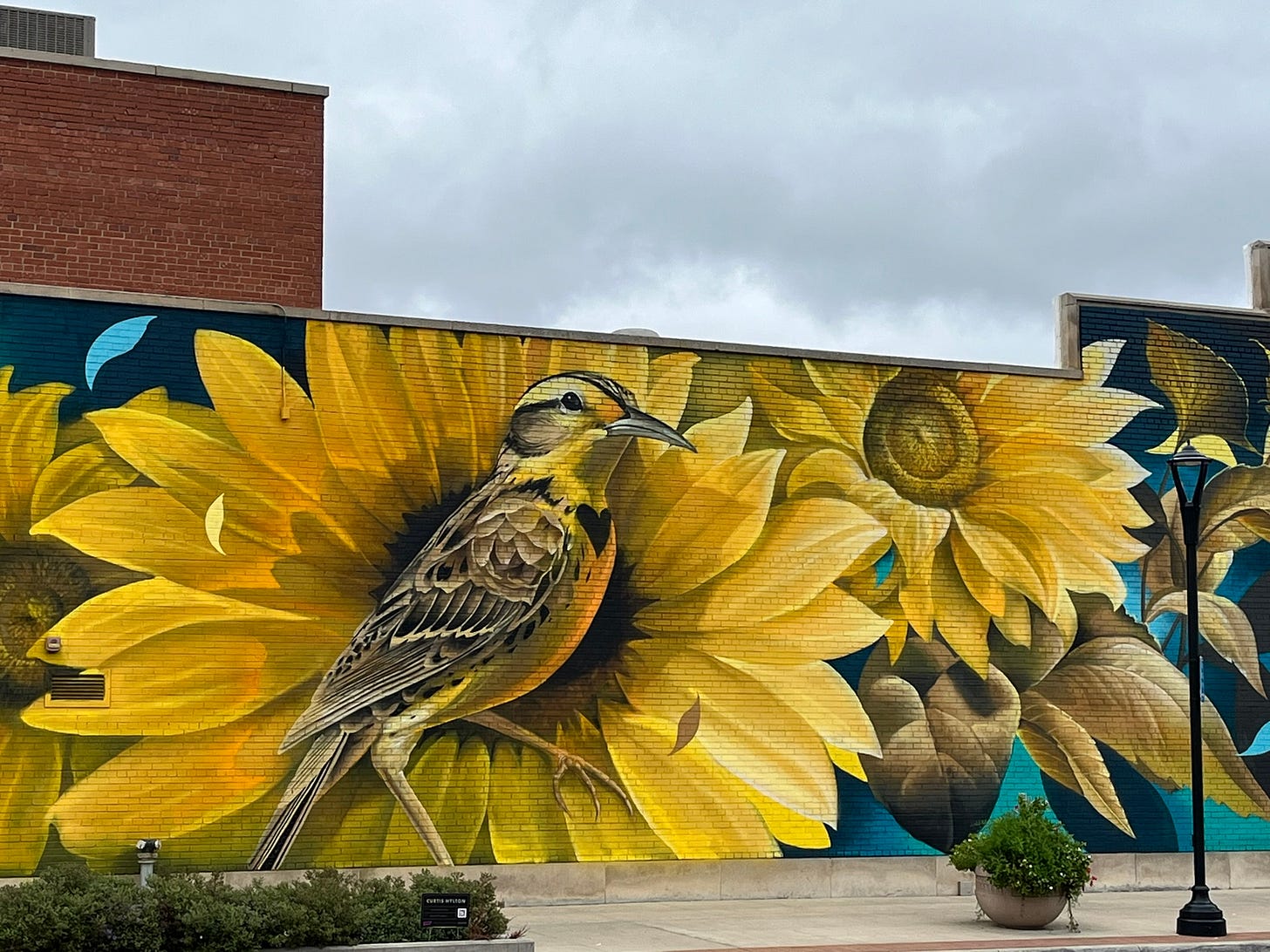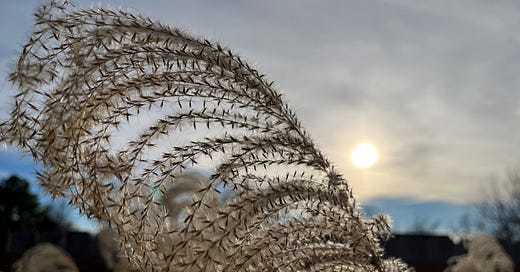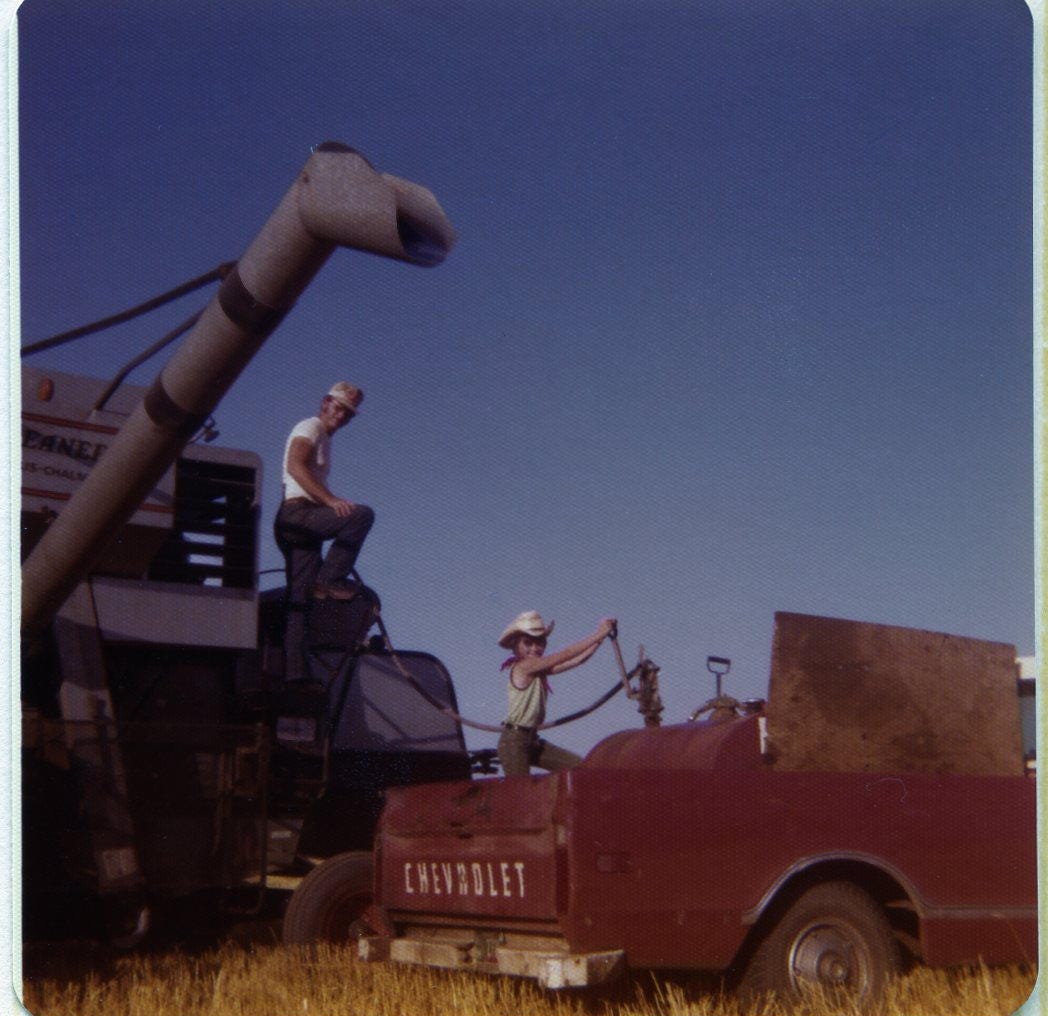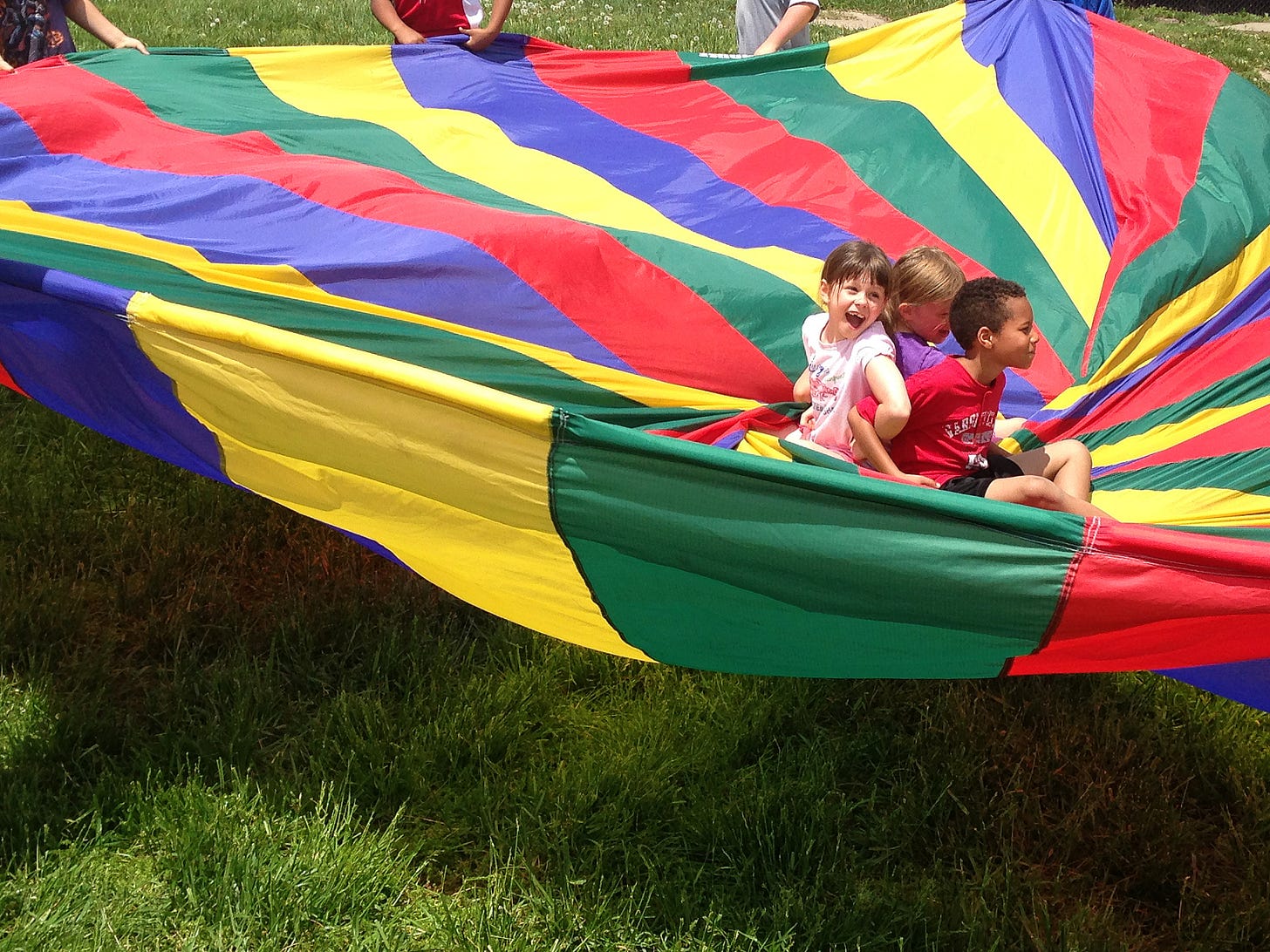Increasing Curiosity Through Environmental Education
We all deserve opportunities to positively experience the natural world. To help make that happen, support KACEE and environmental education on this Giving Tuesday.
Everyone has a place in the outdoors. We all belong.
To help make sure that’s the case, on this Giving Tuesday I’m asking you to donate to the Kansas Association For Conservation and Environmental Education (KACEE) during it’s fall fundraiser.
Here’s why I think you should donate.
I was privileged to have a lot of positive outdoor experiences growing up. As a kid, I spent my summers and weekends on my grandparent's farm, playing all day outside at the small creek down the road, around the barn, and in the pastures. My sisters, cousins, and I would play hide and seek making use of tree rows, the barn and shop, an old chicken coup, and, during early summer, among the nearby field of wheat with its heads waving in the wind. I experimented building small dams in the creek with different materials. I’d catch frogs and crawdads, mainly just to see if I could, though I’m sure the frog catching looked fairly ridiculous. I’d keep box turtles as pets for a month or two during the summer, checking out books at the library to learn about them and how to care for them (this was pre-Internet / I-phone).
As I grew older, this connection with the outdoors grew in depth as I worked with my dad and grandpa, learning from them how to be a good steward of the land we cultivated - the importance of terracing, limiting plowing to essentially terrace maintenance, using pesticides only sparingly, keeping invasives out of pastures, etc. These experiences shaped my understanding of our connection to the outdoors, to the natural world, and how our actions can help or harm that connection.
They made it easier for me to see and accept, as a professional within the AEC Industry, the importance of taking the non-human built environment and other species into account. They made it easier for me to accept the realities of anthropogenic climate change and the need to rapidly decarbonize our society, including the AEC Industry. They also allowed me to better see and accept the mental and physical health benefits that come with creating connections to the natural world in our built environments. Connections that EVERYONE can access.
And research supports the importance of these connections. As Morgan Barrett (KACEE Director of Communications & Development) and I previously pointed out:
… research has demonstrated that greater connections to the outdoors improves physical health (Bell et al. 2008; Boone-Heinonen et al. 2010; Louv 2005), mental health and resilience (Bagot 2015; Han 2008; Kaplan 1995; Li and Sullivan 2016; Louv 2005; Taylor et al. 2001), and learning and cognitive development (Arbogast et al. 2009; Blair 2009; Louv 2005; Merchant et al. 2019; Principe 2011; Taylor et al. 2001). Our youth suffer from a deficit of exposure to the outdoors (CDC 2005; Louve 2005; Kellert 2005; Principe 2011), and [environmental education experiences] offer an opportunity to reduce that deficit.
My formative experiences (later supplemented by research similar to that presented above) made me more curious about the design implications of the Biophilia hypothesis (the innate connection we ALL have with nature and other life forms), the importance of biomimicry (using nature as an inspirational source for design), and the need to mitigate the impacts of our built environment on biodiversity as well as climate change. They made me more curious about the world around me.
And a variety of formal and informal educational experiences added to the outdoor play and “farming apprenticeship” of my youth to help satisfy that curiosity. Both of my parents were also educators - the farmer / teacher combo is common in the Great Plains / Midwest - and they instilled in me and my sisters a love and respect for education (and those providing it). My mom, also an elementary school librarian, especially hit home the joy of being curious about the world around us.
And while Ted Lasso may have misattributed one of the show’s iconic lines to Walt Whitman, probably now more than ever we would all benefit from being a little more curious and a little less judgmental. I think environmental education, through exposure to the wondrous complexities of the natural world and our relationships to it, can contribute to that; it can help our youth be more curious about world around them (natural and human). Listen to Ted:
As I said starting off, I was privileged to have positive outdoor experiences in my youth. But it shouldn’t only be for those privileged by geographic location, parents’ career choices, class, body type, physical mobility, location on the neurodiversity spectrum, gender identification, or skin color; it should be the norm for EVERYONE. Many kids don’t have that opportunity, but they need it. And it doesn’t just benefit them. All of those positives I went through above end up benefiting all of us.
And those experiences should also include learning about indigenous knowledge and approaches to environmental education, involving Native peoples as partners and leaders in this process. It should facilitate an understanding of rich Native oral histories, patterns of migration, histories of genocide and forced relocations, and subsequent survival stories, in general and with respect to the environment and their relationships with nature. Growing up, I was never taught much about the tribal nations who previously resided on the land I had the privilege to play on and farm, that supported my family (certainly not from their perspective). But EVERY kid should have that opportunity.
Because I believe these things, and that environmental education can help provide such experiences, and that KACEE is an important source for that education in our state, I joined their board. I wanted to help ensure KACEE can equitably facilitate this connection to nature for our state’s youth. And environmental education doesn’t just help individual kids thrive; when equitably multiplied across society it collectively increases our mental and physical health, our curiosity about the world around us (while decreasing our fear and potential for being judgmental), and the likelihood of being better stewards of the planet.
KACEE does this through programs like the Kansas Green Schools (using school facilities and the grounds themselves for sustainable/environmental learning opportunities), Kansas School Gardens (teaching students about our complex ecosystems, nutrition, and stewardship through outdoor garden classrooms), and Kansas WILD Outdoors (creating adventurous outdoor experiences for students that provide lessons about different local aspects of the natural world, leadership, and service). KACEE also helps sponsor and carry out different events, like the annual Topeka Water Festival that provides 1,000 4th graders with hands-on education activities to learn about a variety of water topics impacting their communities, the state, and the planet.
KACEE’s amazing staff serve as a much needed source of PreK - 12+ EE professional development for formal and non-formal educators in the state, developing, updating, and providing courses taken by over 1,300 educators annually. KACEE is also dedicated to becoming a more just, equitable, diverse, inclusive, and accessible organization. We recently completed our organizational JEDIA plan (after working with Leander Lacy of Lacy Consulting Services, LLC) to guide our internal and external work moving forward. And KACEE is an active coalition member of Kansans for Conservation (our Executive Director, Laura Downey, is a current co-chair), an organization devoted to obtaining a dedicated funding source from the state focused on conservation efforts in Kansas (including environmental education).

In January 2025, I start my two-year term as President of the board, and I must admit to being a little nervous about the stress the next four years could place on education, including environmental education. During KACEE's fall fundraiser, you can help fortify us against this potential stress by supporting KACEE in its mission - showing our youth that everyone has a place in the outdoors through environmental education.
“But Marcel,” you may be thinking, “I’m sure that KACEE is an absolutely wonderful and critically needed organization with a rock solid mission (it absolutely is), and with some of the most dedicated and brilliant staff out there (they absolutely are), but I’m not from Kansas. And I’d really like to donate to a similar organization in my state.”
Sure, I absolutely get that. You can find a list of the North American Association for Environmental Education (NAAEE) U.S. state affiliates here (plus Canada and Mexico). If your state doesn’t have an affiliate, consider donating to NAAEE directly, or finding some way to support environmental education in your local public school district, nature center, etc. Though it certainly wouldn’t bother me if you decided to float a few dollars to KACEE as well as your own state affiliate.
Together, let’s expand access to the outdoors for ALL kids and increase their curiosity, love, and respect of the natural world in the process. Donate here.






